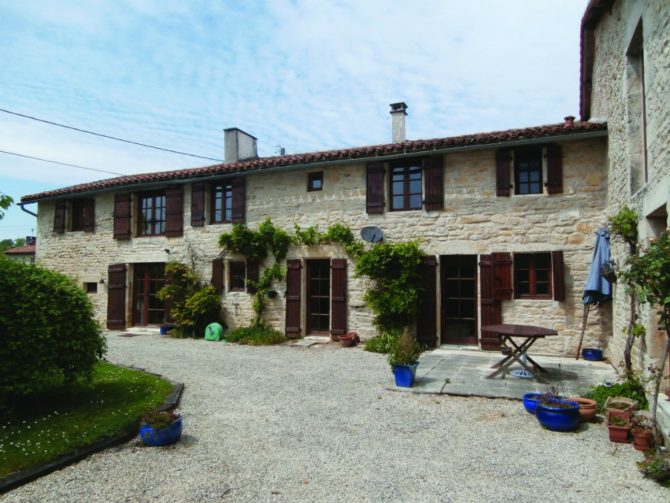France Real Estate Tips: Understanding Regional Architectural Styles

France is a country full of history, a quality that is reflected in its rich architecture and the different types of building styles that you come across when you travel across its varied landscape. It is not surprising that property buyers are attracted to this charm. Character features give a home a special look and atmosphere, an almost indefinable patina that can’t be reproduced or imitated.
Generally speaking, this is what many buyers describe as a property that looks ‘French’. There are, however, many traditional property styles in France – almost a different one for every region. When looking for a home, it is necessary to narrow down the definition of this ‘Frenchness’ because there can be very wide variations between property types, depending on the area, native materials, climate and construction methods.
Examples of Regional Styles
The Brittany longère: Traditionally found in Brittany, the longère can make an appearance in other regions as well. It consists of a long and low building in granite. It’s a one-level house, usually with a slate roof, and in the past longères used to have wooden shutters on the inside of the windows, so that people would not have to be exposed to the elements in order to close them when storms occurred. These were the homes of small farmers and artisans, and are now very popular with people looking for a character property in Brittany.
The Normande house: A half-timbered house with a thatched roof, the traditional maison Normande is an environmentally friendly building, constructed of local materials, such as oak timber, local clay, lime wash and local marsh reeds for sheathing. Nowadays, this type of property is often listed for historical preservation and, therefore, comes at a premium.
La Charentaise: This traditional stone property from the Poitou-Charentes region features external wooden shutters and pointed interior stone walls with large stone fireplaces and generous exposed wood beams. Traditionally, a large flagstone entrance hall traverses the house from the front door to the back garden, splitting the living area to either side.
Le mas de Provence: Although the mas was born as an agricultural structure, namely a farmhouse, most of them have now been transformed into beautiful residences. There is a marked preference to painting the window shutters lavender blue, picking up the hue from the distinctive Provençal landscape. A farmer would typically build his mas with stone from the surrounding fields. They were designed to protect the living space from the unforgiving Mistral winds and were therefore typically set facing south. The north side would not have many windows and openings, if any at all, and would be very narrow to protect against the cold during the winter.
Many other regions have their own typical look and feel. We could go on to include the Perigourdine, the Bearnaise or the Quercinoise, among others. Understanding the type of property you want and finding out about the buildings available in each region can help you narrow down your property search and understand the impact not only upon your budget but also on maintenance and lifestyle.
Once you know what type of property you have in mind, it’s very important to know whether it matches your chosen area – even the most willing estate agent won’t be able to find you an authentic Perigourdine property on the Côte d’Azur.
Gaëlle Perreaux-Booth is in charge of FrenchEntrée Property Services Ltd, which has been helping international buyers find their dream property in France for a decade. With over 120 estate agent partners, they are able to source any kind of French property, priced from 40,000 euros to 40 million euros.
Originally published in France Today magazine
Share to: Facebook Twitter LinkedIn Email
Leave a reply
Your email address will not be published. Required fields are marked *



